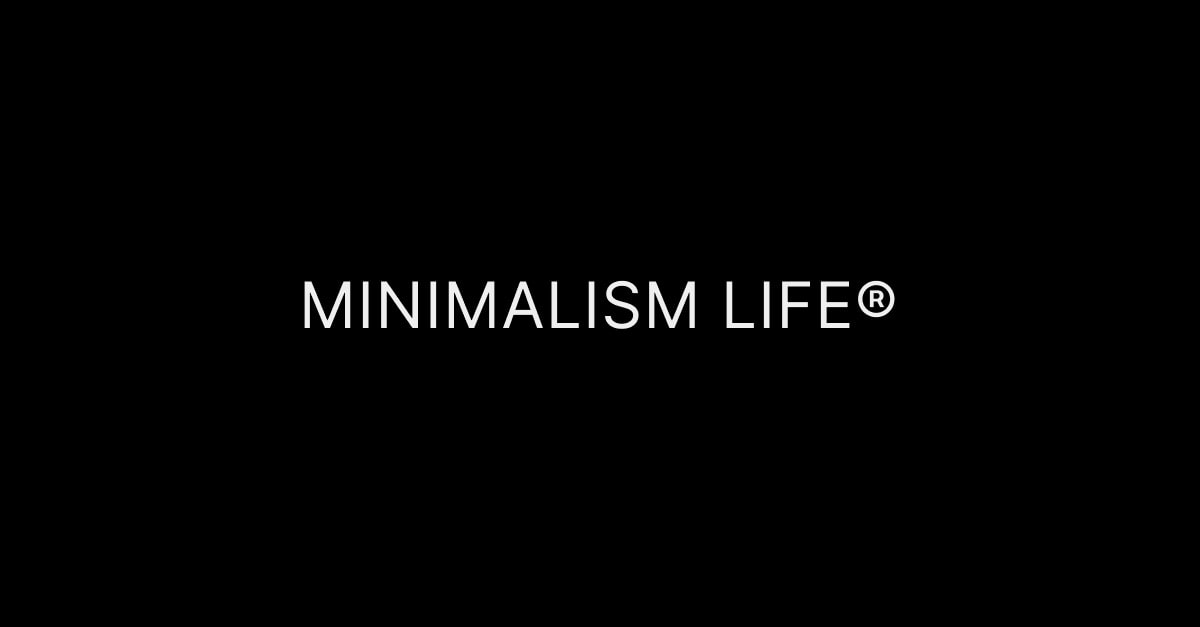
Exploring the Essence of Minimalism
In the fast-paced world we live in today, the overwhelming abundance of choices, possessions, and commitments can leave us feeling cluttered—not just in our physical spaces, but in our mental spaces, too. This clutter is where minimalism steps in, offering a beacon of simplicity and intentionality. Originally making waves as an art and design philosophy, minimalism has evolved into a lifestyle trend that resonates with a broad spectrum of individuals seeking clarity and purpose.
Did you know? Minimalism isn't about deprivation. It's about streamlining life to focus on what truly matters. Think of it as a warm breeze clearing mental fog.
The foundational concept of minimalism is to focus on what truly matters by eliminating the excess. It's about curating your life—keeping only those things, people, and commitments that add value. As it gained popularity, particularly through influencers like Marie Kondo and The Minimalists, minimalism has expanded to cover a myriad of facets including art, design, and lifestyle. But despite its growing recognition, misconceptions abound. Is minimalism about owning less? Spending less? Living a stark, undecorated life? The truth lies not in a one-size-fits-all answer but in understanding the nuances of this guiding principle.
Minimalism in Art
Minimalism in art strips away the superfluous to reveal pure form and content. This form of art is recognized for its geometric shapes and the use of simple, repeating forms. Drawing upon concepts that stress clarity and truth, minimalist art avoids any reference to external objects or scenes. It urges the viewer to focus on the artwork itself, in its entire simplicity and purity.
The movement challenges the notion that art needs to mimic the world around us. Instead, it creates a visual language that speaks through reduction—removing distractions for a heightened focus on the essential elements of creation.
This approach, while initially confined to the visual arts, has broadened into other forms such as literature and music, asserting minimalism as a wider cultural ethos.
In deconstructing traditional art forms, minimalism has paved the way for individual interpretation, allowing each observer to find personal meaning and resonance in the absence of prescriptive narratives. This purity invites a more profound emotional or intellectual connection with the viewer—one that isn’t overshadowed by complexity.
Minimalism in Design
The adage "less is more" finds perfect expression in minimalist design. Here, the goal is to craft an experience or an object that is functional, aesthetically pleasing, and free of unnecessary embellishments. Minimalism in design is about finding truth in function and simplicity in form.
Imagine this scenario: Enter a room with a single piece of art, a chair perfectly placed without distractions. The room itself speaks volumes through strategic silence and balance.
Design does not exist in a vacuum; it surrounds us, whether in architecture, technology, or everyday products. Minimalist design seeks to harmonize usability with aesthetic clarity, ensuring that what we interact with in our everyday lives integrates seamlessly into our environments. The essence of good minimalist design lies in its ability to demonstrate that less can indeed be more without sacrificing quality or functionality.
Minimalism in Living
Living minimally is perhaps the most challenging yet rewarding aspect of the minimalist philosophy. It transcends the material sphere, touching upon the way individuals choose to invest their time, energy, and resources. The pursuit of minimalism in life begins by asking critical questions: What adds value to my life? What can I eliminate to create space for what truly matters?
Unlike the more tangible aspects of art and design, minimalism in living is deeply personal and varies for each individual. Some may choose to declutter their possessions and live with fewer material goods, while others may simplify their digital lives or reduce their consumption to lessen environmental impact. Regardless of the path chosen, the goal remains the same—to live intentionally and purposefully.
A minimalist lifestyle does not equate to deprivation; instead, it’s about enrichment. By clearing away the unnecessary, we make room for more meaningful experiences, relationships, and opportunities for personal growth. It promotes mindfulness and a conscious approach to decision-making, allowing us to align our actions with our values.
A Nuanced Understanding
The beauty of minimalism lies in its adaptability. It offers a framework rather than a prescription—a guideline to tailoring a life that prioritizes satisfaction over ambition. At its core, minimalism encourages us to pause, reflect, and live with greater awareness.
Yet, the practice of minimalism is often misunderstood, seen as an all-or-nothing approach, which it is not. Minimalism doesn’t require surrendering joy or beauty; rather, it’s an invitation to redefine both. It's about striking a balance between having enough and having peace.
As varied as its interpretations may be, the minimalist philosophy carries a universal appeal—it resonates with anyone seeking a fuller life through conscious simplicity. By exploring the different dimensions of minimalism, we empower ourselves to reclaim time and space, forging a pathway to intentional living.
Conclusion: Embracing Minimalism
As we embrace the principles of minimalism, we move toward a life of greater clarity and purpose. By centering our lives around what we value the most, we experience freedom from the chaos of excess and the burden of unnecessary possessions and commitments. In an environment that often equates more with better, minimalism invites us to redefine success and happiness on our own terms.
The practice of minimalism is as much a journey inward as it is an adjustment of our external world. Through its various applications—whether in art, design, or our personal lives—minimalism offers a lens through which we can see what truly matters. It’s a celebration of quality over quantity, essence over excess.
Ultimately, minimalism is about living each day with intention and clarity, choosing a life that reflects our true selves—unencumbered and free. In this world of endless options and distractions, it calls us back to simplicity and meaning, fostering peace, satisfaction, and genuine happiness.
